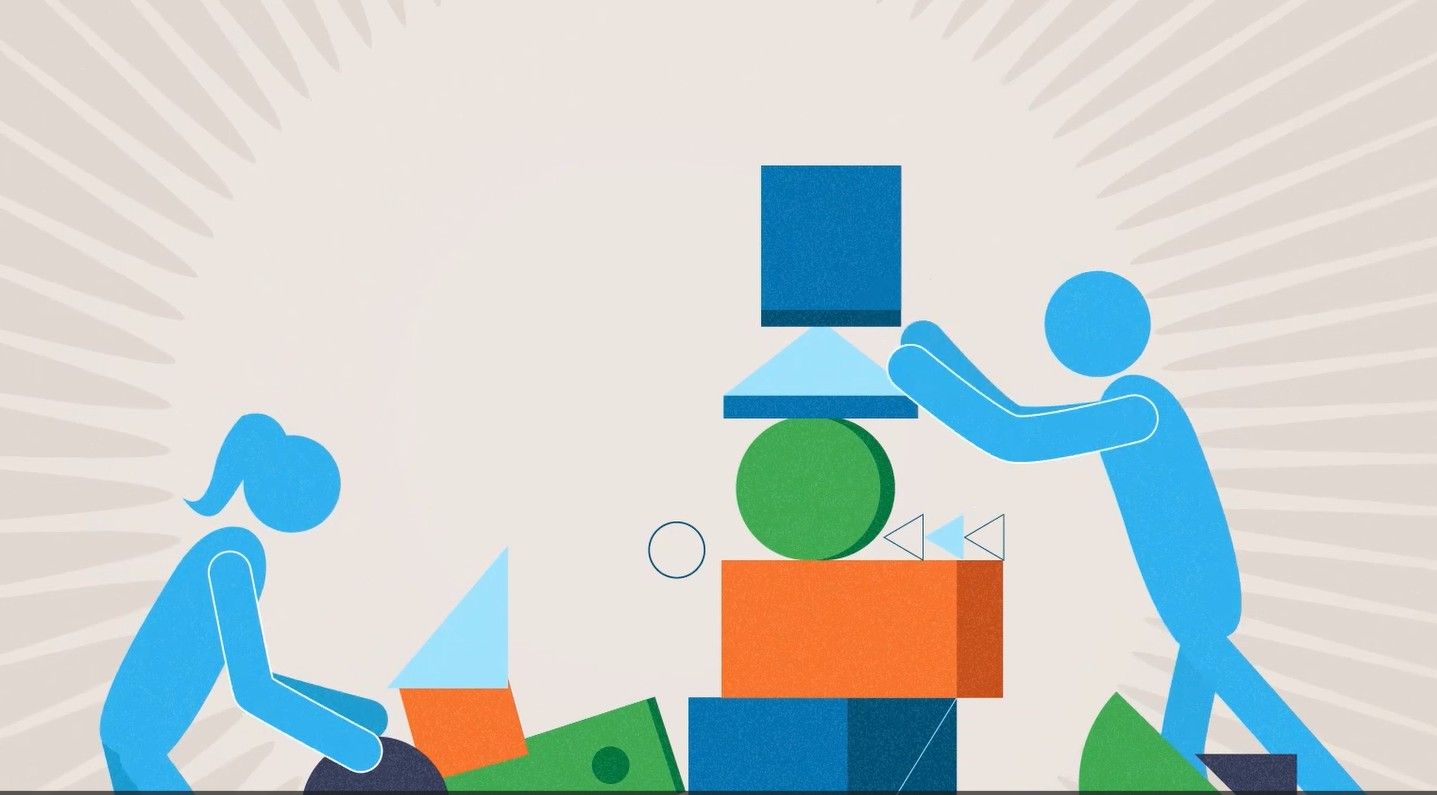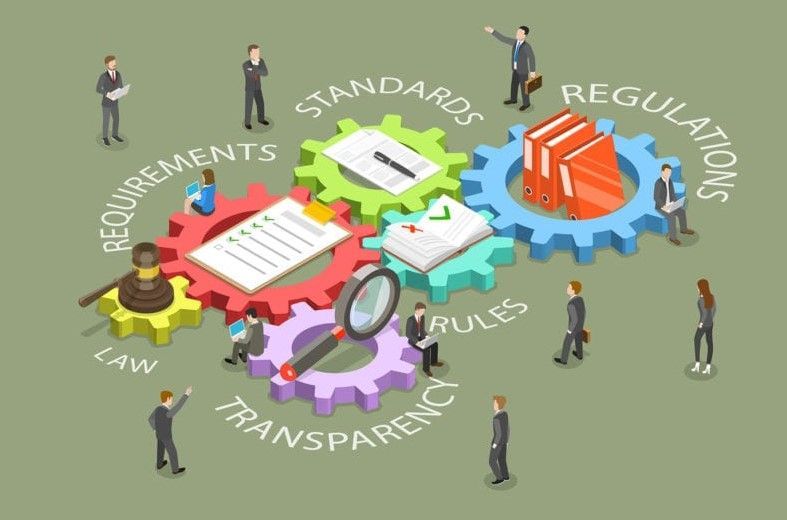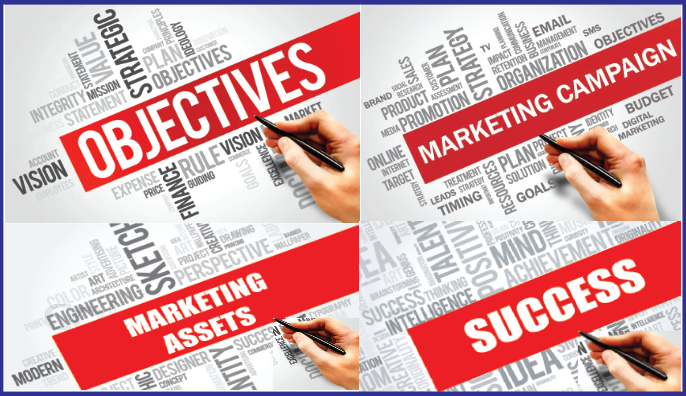Happy Sweet Sixteen to…Us!
June 17, 2025
Productive Strategies turns 16 this month: July 2009. And, yes, we’re very happy to be here. But we didn’t do it by ourselves. We had plenty of help from people like you, and we learned more than a few lessons along the way. We’d like to share five (and a half) of those lessons and recognize some of the individuals who helped us learn them.
1. You can’t do it alone. And you don’t have to. No matter which stage of business you’re in, you need other people to make it work.
My first, most personal, and most heartfelt thank-you goes to my partner in life, my wife, Dale. Writer, bookkeeper, office manager, and keeper of the faith since Day One, Dale provides a valuable perspective based on her deep knowledge of our business and our clients. She helps to keep us sailing forward with the wind at our backs.
We are also, of course, most grateful to our clients, who are committed, savvy, ethical, and, yes, fun people. They have put their faith in us to support the growth of their companies.
Lesson 1½: You can grow even in a “down” economy. Some of our clients have told us they are experiencing the strongest sales periods in their history. They’ve achieved that, in large part, because they have stayed persistent and positive in the face of relentless talk of gloom and doom. And so can you and your company.
The icing on the cake for us is that we’re doing well, too. We’re celebrating the strongest sales month in our history and our strongest sales year. Without such deep customer support we would not be so blessed.
2. Talk to your customers and prospects. A lot and in the right way. Our calling programs, led by Kim Montell and Tom Rossi for 13 of our 16 years, teach us this important lesson nearly every day.
Their always diligent and often imaginative approaches have generated sales leads and set appointments resulting in millions of dollars in sales for our clients. As a valuable by-product, our calling efforts have also produced priceless marketing intelligence leading our clients to new products and new ideas from the marketplace.
“I love how much we’re learning about something we already think we know so well,” one of our calling program clients confided. “Our own markets.”
Thank you Kim and Tom!
3. Great salespeople are not “different.” They just sell more. But they don’t sell more because of some mysterious, natural-born, or charismatic quality. They sell more because they use a process that less successful business developers don’t.
Our FOCIS® consultative selling course teaches that process so that nearly any salesperson can become more productive, often much more productive. Our Kristin Brown made a significant contribution to the teaching of FOCIS® by incorporating professional instructional design elements, especially to formalize the process in our workbook. Literally hundreds of sales professionals and business developers have learned more easily and productively thanks to Kristin’s good work. We’re truly grateful for her conscientious and creative dedication.
4. Communication is not a “soft” skill. It’s a human need, and it can bring hard results in two ways.
- Good visuals mean great sales. And by “good” we don’t just mean “pretty.” We mean communicating visually the value of products or services quickly, easily, and in ways that “stick.” Moore Anderson, our longtime graphic artist and designer, applies just the right graphic touch to the customized sales presentations we create for our clients to use throughout the world, as well as to the many other marketing communications we develop. Moore’s visuals make clear the implications of numbers on a complex spreadsheet or the thinking behind a new technology.
- How you say something matters . And to whom you say it. In our case, Scott Pemberton, a professional marketer and writer, has brought a new level of creativity, clarity, and focus to the communications of our clients and to our own. Improved response rates testify to his talent and his practical marketing insights. As one of our five FOCIS® instructors, he also supports others who want to communicate more effectively as business developers.
5. Networking pays off. Yes, you’ve heard this one before but hear me out. Networking correctly done pays off not only in direct sales but also in long-term, profitable relationships.
Terry Franke, who joined our team in 2008, has made terrific contributions in client development, in part because of an extensive network built throughout his career. This month, for example, the CEO of a new client company Terry brought in thanked us for “helping reshape our selling process.” This client just used his FOCIS® training to pursue a strong nine-figure opportunity, the largest in the history of his billion-dollar company.
“I led the call and used the FOCIS® approach from start to finish, and did not deviate,” he told us. “This was easily the most informational and persuasive sales call I have experienced in the past several years.”
Then there’s word-of-mouth marketing. Our secret weapons here are such well-networked, long-term clients and friends of the firm as Randy Larrimore, John Kerastas, and Fred Campobasso. We are especially grateful for their ongoing support.
And the future? We look forward to continued learning and growing along with our current and future clients. In fact, we’ve already begun. Mike Hill, our newest senior consultant, came on board just recently to develop our Indiana market. Welcome to the Productive Strategies team, Mike!
The post Happy Sweet Sixteen to…Us! appeared first on Productive Strategies, Inc..










